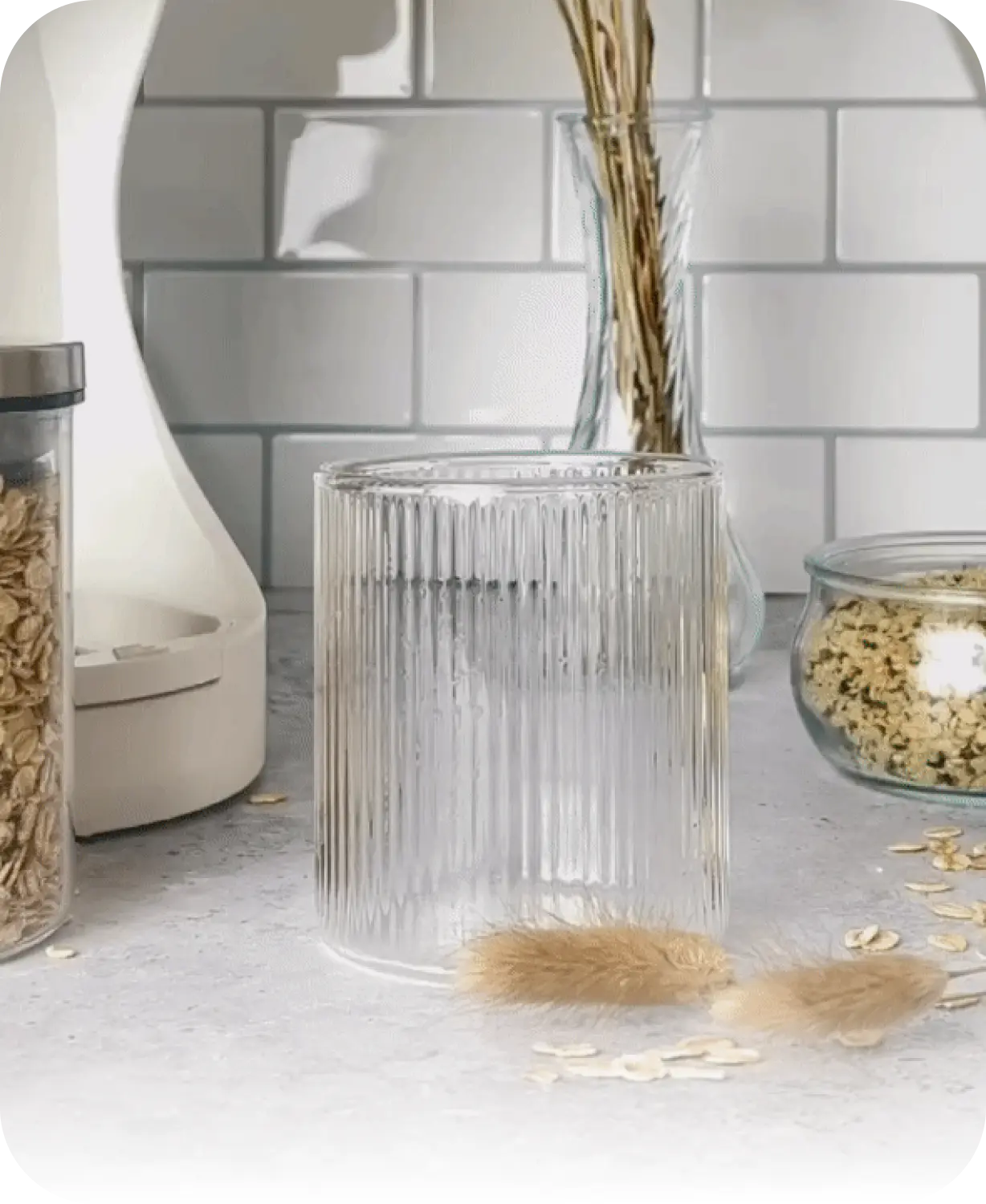Almond milk, a popular dairy alternative, offers a creamy and nutritious option for those with dietary restrictions or preferences. With Milky Plant, you can effortlessly create homemade almond milk that suits a variety of lifestyles, including lactose intolerance, veganism, or simply a taste for alternative flavors. When it comes to making almond milk, there are two primary methods to consider: using raw almonds or soaked almonds. Let's explore these options and determine the best approach for making homemade almond milk with Milky Plant.
Raw Almonds vs. Soaked Almonds: Which is Better?
Each method of preparing almonds for almond milk production has its own set of advantages.
Raw Almonds: Opting for raw almonds offers simplicity and convenience. Ensure your raw almonds are fresh and of high quality before adding them to the blending compartment of Milky Plant. Raw almonds provide a rich, nutty flavor to the milk without any additional preparation steps. Plus, they retain their natural nutrients and enzymes, offering maximum nutritional value.Soaked Almonds: Soaking almonds before blending is another common method. Begin by soaking the almonds in water overnight or for at least 8-12 hours to soften them. After soaking, drain and rinse the almonds thoroughly before adding them to the blending compartment. Soaking the almonds helps to remove enzyme inhibitors and phytic acid, making them easier to blend and digest. This method can result in a smoother texture and slightly sweeter taste compared to using raw almonds.
Making Homemade Almond Milk with Milky Plant:- Whether you choose raw almonds or soaked almonds, ensure they are ready for blending. Add the almonds to the blending compartment of Milky Plant, being careful not to exceed the maximum fill line.
- Fill the water tank of Milky Plant with clean water, ensuring it meets the minimum level requirement.
- Once your ingredients are in place, activate Milky Plant to begin the blending process. The machine will blend the almonds and water, extracting the milk in the process. As blending progresses, the pulp is separated from the milk, resulting in a smooth and creamy beverage.
- Don't discard the leftover almond pulp! This nutrient-rich byproduct can be used in various recipes. Incorporate it into baked goods like muffins, pancakes, or granola bars, or add it to smoothies for extra fiber and texture.
Check out our Almond Milk Recipe
Whether you opt for raw almonds or soaked almonds, making homemade almond milk with Milky Plant is a rewarding experience. Follow these guidelines to enjoy the creamy goodness of almond milk with ease and convenience. Try it out and savor the wholesome benefits of this delicious dairy alternative!















